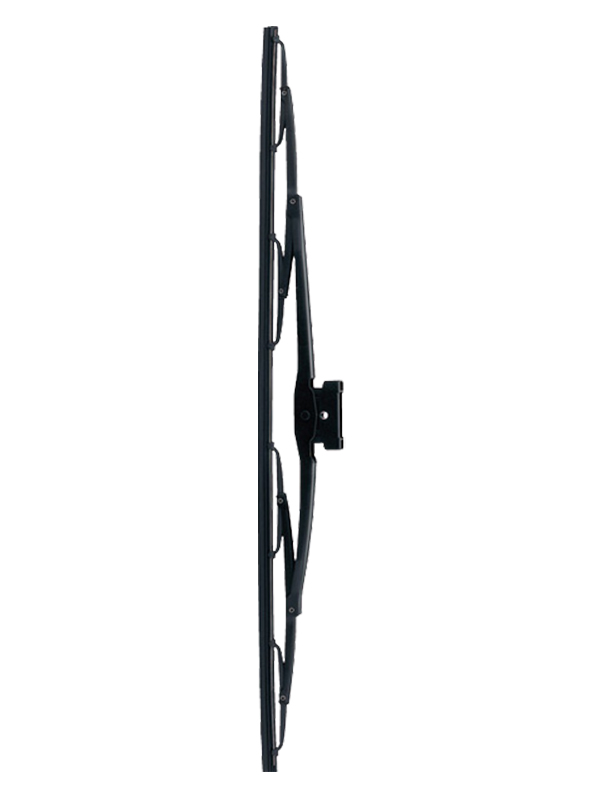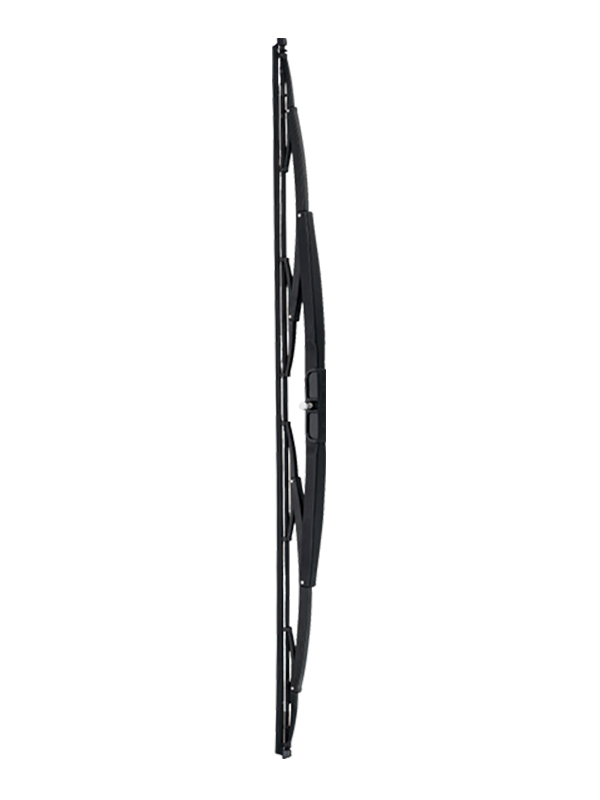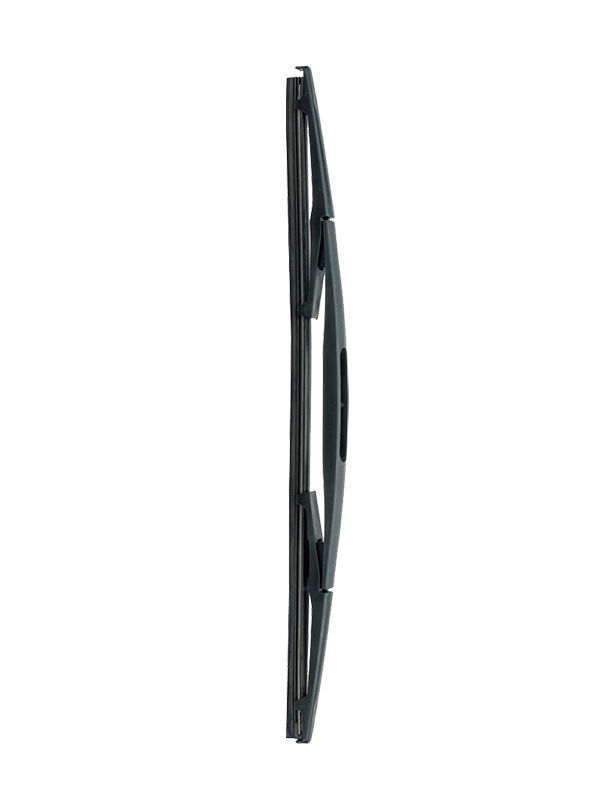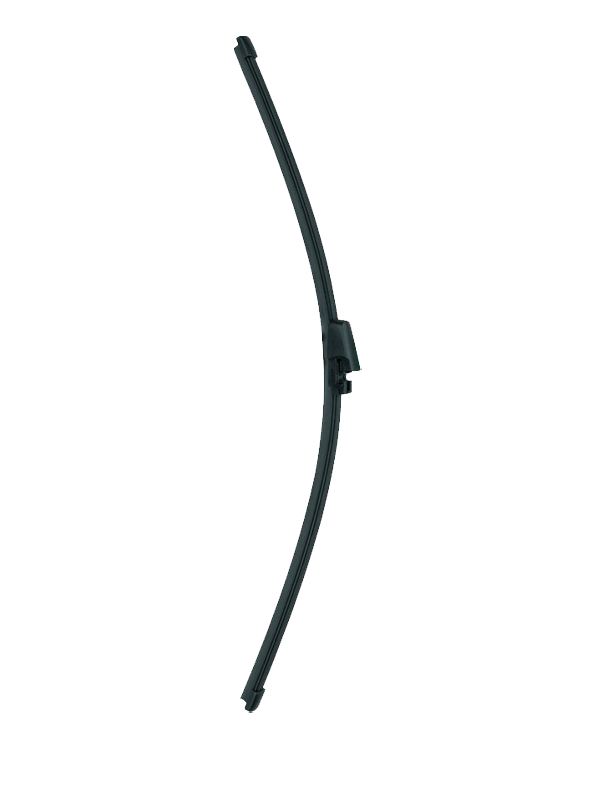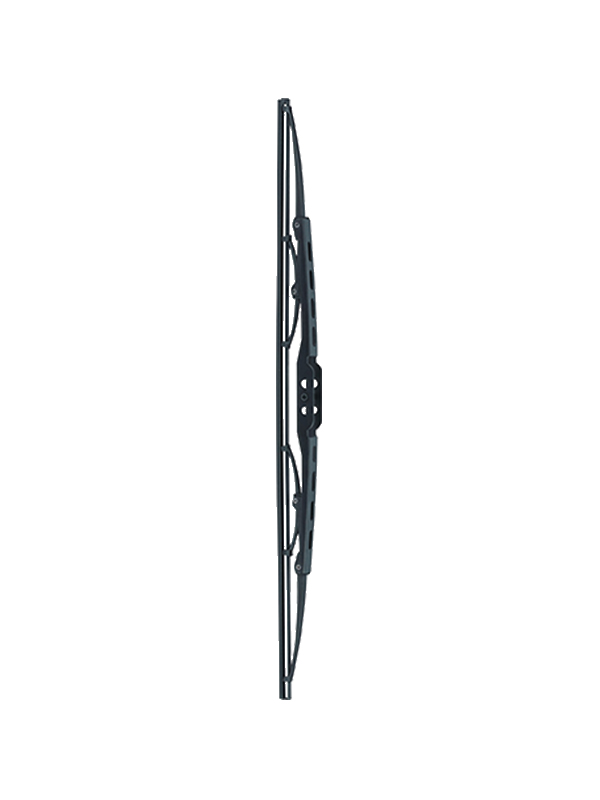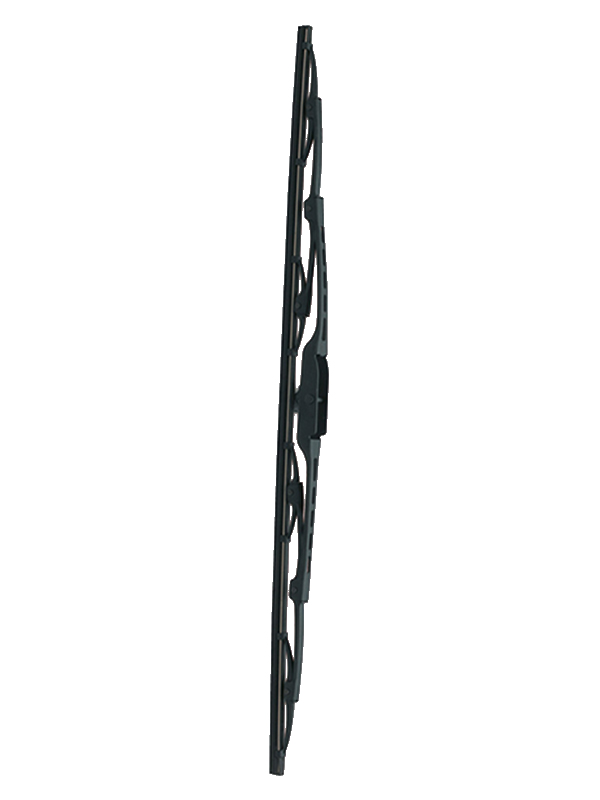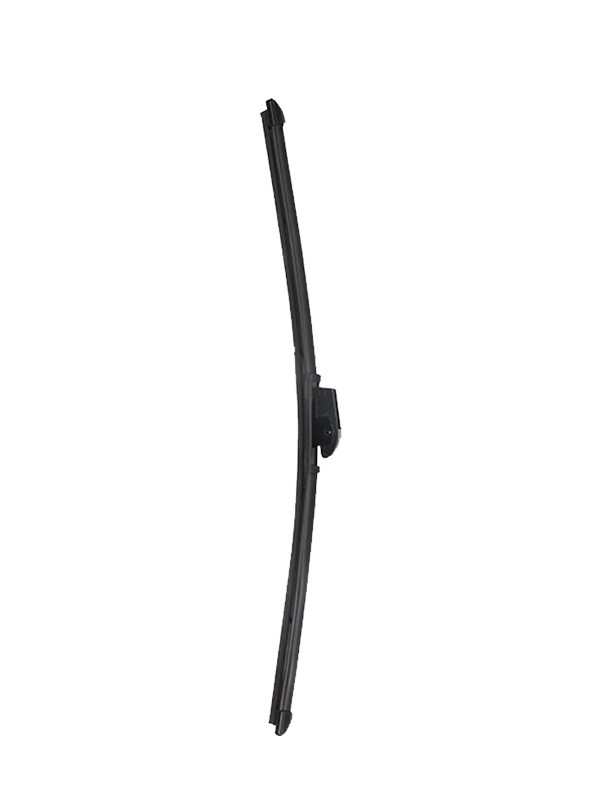Submit feedback
Wiper Blade Industry: Innovations and Trends Driving Change

In the automotive and industrial sectors, wiper blades play a crucial role in ensuring clear visibility and safety. These unassuming components are undergoing significant advancements, revolutionizing their performance and applications.
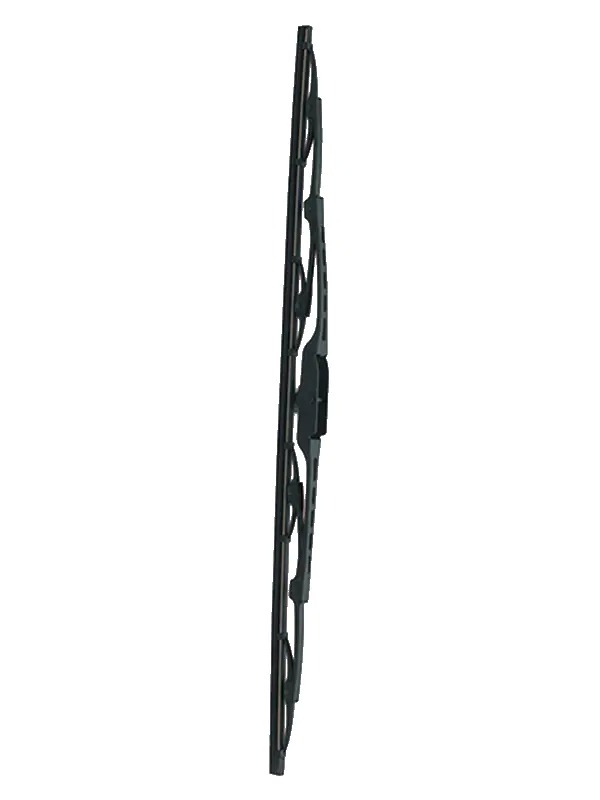
Technological Breakthroughs in Wiper Blade Design
Modern wiper blades are no longer just simple rubber strips. Manufacturers are incorporating advanced materials to enhance durability and effectiveness. For instance, some wiper blades now feature specialized rubber compounds that are more resistant to wear, heat, and cold. This means they can maintain a consistent wiping performance over a longer period, even in extreme weather conditions. In addition, new aerodynamic designs are being developed. These designs reduce wind lift at high speeds, ensuring that the wiper blade stays firmly in contact with the windshield. As a result, drivers experience a smoother and more efficient wipe, minimizing streaks and ensuring optimal visibility during rain, snow, or sleet.
Expanding Applications Beyond Automotive
While wiper blades are most commonly associated with cars, their applications are expanding. In the marine industry, boats and ships are now equipped with high - performance wiper blades. These blades need to withstand the harsh salt - water environment and strong winds at sea. Special coatings are being applied to marine wiper blades to prevent corrosion and ensure reliable operation. In the industrial sector, large machinery such as bulldozers, excavators, and trains also rely on wiper blades. These heavy - duty wiper blades are designed to clear large windshields or viewing areas, allowing operators to work safely and efficiently in dusty, wet, or snowy conditions.
Environmental Considerations in Wiper Blade Manufacturing
With the growing focus on environmental sustainability, the wiper blade industry is also making strides. Many manufacturers are now using recycled materials in the production of wiper blades. For example, the plastic components of some wiper blades are made from recycled plastics, reducing the demand for virgin materials. Additionally, efforts are being made to develop biodegradable rubber options for the wiper blade strips. This not only helps in reducing waste but also aligns with the global push towards a more sustainable future.
The Impact of Smart Technology on Wiper Blades
The era of smart technology is also infiltrating the wiper blade market. Some vehicles now come with intelligent wiper systems that are linked to sensors. These sensors can detect the intensity of rain, snow, or debris on the windshield and automatically adjust the speed and frequency of the wiper blades. This not only provides a more convenient driving experience but also ensures that the windshield is always kept clear without the driver having to manually adjust the wiper settings. Moreover, in the future, we can expect to see wiper blades integrated with other smart features, such as self - cleaning functions or real - time performance monitoring.
In conclusion, the wiper blade industry is in a state of dynamic evolution. With continuous technological innovations, expanding applications, a focus on environmental sustainability, and the integration of smart technology, wiper blades are becoming more efficient, reliable, and versatile. As these trends continue, consumers and industries alike can look forward to even better - performing wiper blades that enhance safety and functionality in various settings. Whether on the road, at sea, or in industrial workplaces, the humble wiper blade is set to play an increasingly important role.


 English
English  中文简体
中文简体 

